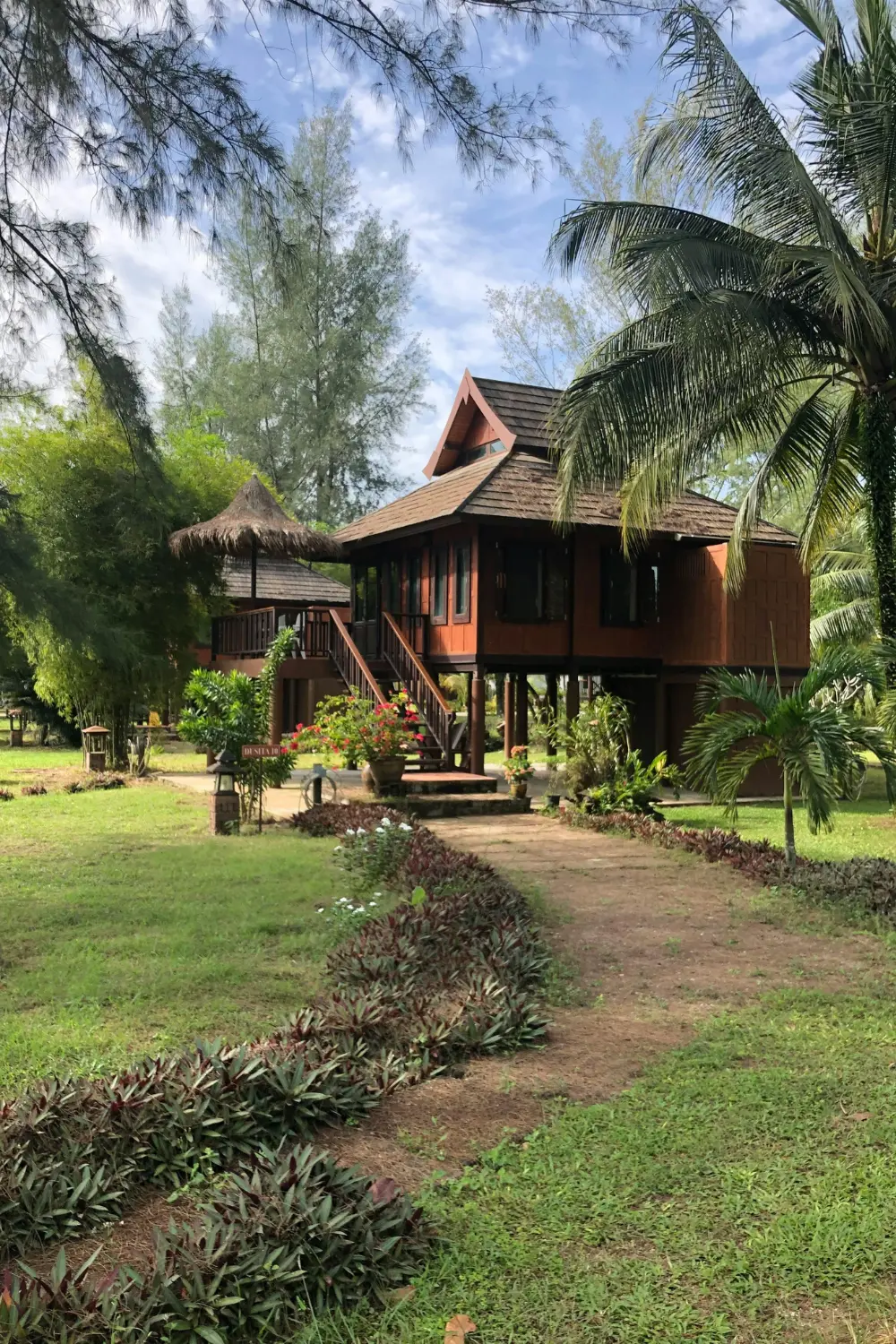You might stumble upon it while wandering through lush, humid trails in a tropical paradise. It stands tall like a natural fan, unfurling its enormous green leaves as if welcoming you to another world. The Travellers Palm isn’t just another exotic plant you snap a photo of and forget. It’s a survival tool, a symbol of direction, and a botanical masterpiece with a name rooted in legend. If you’re the kind of person who sees nature as a compass, a sanctuary, and a storyteller, then you’re in the right place. This guide takes you deep into the Travellers Palm’s remarkable identity, from its striking structure to the myths that surround it.

Table of Contents
What is the Travellers Palm? A Botanical Overview
Understanding the Origins and Classification
- Scientific name: Ravenala madagascariensis
- Family: Strelitziaceae (closely related to the Bird of Paradise)
- Native habitat: Madagascar
The Travellers Palm isn’t actually a palm. Despite its name, it aligns more closely with banana trees in structure but is botanically unique. You won’t mistake its wide, symmetrical leaves for anything else once you know what to look for.
Key Physical Features That Make It Unique
- Leaves form in a fan shape, often growing in an east-west orientation
- Individual leaves can stretch up to 10 feet long
- Total plant height can exceed 30 feet in optimal conditions
- White, boat-shaped flowers with dark blue seeds
Why Is It Called the “Travellers Palm”?
- Folklore claims its leaf arrangement helps lost travelers find direction
- Each leaf base stores rainwater, supposedly usable in emergencies
- The plant grows near paths and clearings, a common sight for those trekking tropical trails
Travellers Palm as Nature’s Compass
The Science Behind the Leaf Arrangement
It’s not just romantic legend. The fan of the Travellers Palm often orients itself on an east-west axis. Why? The plant follows the sun, adapting to maximize photosynthesis.
- Phototropism: Growth in response to light
- Heliotropism: Movement toward the sun’s arc
- While not foolproof, the orientation can give a general sense of direction
Real-World Applications
- Used as a natural landmark in villages and eco-paths
- Survivalists sometimes rely on its water storage when no other sources are nearby
- Guides in Madagascar occasionally point it out as a directional aid
The Cultural and Symbolic Significance
Madagascar’s Living Emblem
In Madagascar, where the plant originates, it carries national pride. It’s seen as a metaphor for guidance and self-sufficiency.
- Symbol of resourcefulness
- Represents protection and hospitality
- Appears in local art, carvings, and even on currency
Symbolism in Design and Architecture
You might notice this plant featured in:
- Tropical landscaping for luxury resorts
- Eco-lodges using it for shade and aesthetic structure
- Interior design motifs that symbolize nature and direction
How to Grow and Care for a Travellers Palm
Ideal Climate and Soil Conditions
You can’t just drop this into any backyard and expect results. You need the right setting:
- USDA zones: 10–11
- Humidity: High humidity is essential
- Soil: Well-drained, rich in organic material
Planting and Maintenance Tips
- Sunlight: Needs full to partial sun
- Watering: Keep soil consistently moist but not soggy
- Spacing: Allow 10-15 feet of space to prevent leaf crowding
Common Problems and Solutions
- Yellowing leaves: Could indicate poor drainage or nutrient deficiency
- Fungal infections: Use neem oil or appropriate fungicide
- Pests: Watch for mealybugs and scale insects
Landscaping with Travellers Palm
Aesthetic Appeal and Functional Uses
You don’t just plant a Travellers Palm for its beauty—although that’s a big part of it.
- Acts as a natural privacy screen
- Creates shaded relaxation zones
- Adds vertical drama to flat landscapes
Design Pairings and Garden Combinations
Pair it with:
- Bird of Paradise: For thematic continuity
- Hibiscus: Adds a pop of tropical color
- Bamboo: Introduces texture contrast
Tips for Container Growing
You can grow a Travellers Palm in a large pot if you:
- Use deep, well-draining containers
- Provide sufficient sunlight indoors
- Rotate the pot regularly for balanced growth
Edible Uses and Recipes (Inspired by the Tropics)
Water Source in Emergencies
The sheaths of each leaf can store up to a liter of rainwater. While it’s not always pure, it can be filtered in survival situations.
Cultural Recipes Using Banana-Like Aesthetic
While the plant itself isn’t edible, its appearance has inspired tropical recipes.
Tropical Smoothie Recipe Inspired by Travellers Palm
| Ingredient | Quantity |
|---|---|
| Banana | 2 ripe |
| Coconut milk | 1 cup |
| Pineapple chunks | ½ cup |
| Mango | 1 ripe |
| Fresh mint leaves | 5–6 leaves |
| Crushed ice | 1 cup |
| Honey (optional) | 1 tbsp |
Instructions:
- Combine all ingredients in a blender.
- Blend until smooth.
- Garnish with mint and serve chilled.
Environmental Impact and Conservation
Ecological Role in Madagascar
The Travellers Palm isn’t just striking; it’s a key ecological player.
- Provides shelter and food for birds and insects
- Roots help stabilize soil and reduce erosion
Threats to Its Natural Habitat
- Deforestation: Agricultural expansion is a major threat
- Climate change: Altered rainfall patterns affect growth
Conservation Efforts
- Protected in some national parks
- Propagated in botanical gardens worldwide
- Awareness campaigns from eco-tourism operators
Fun Facts About the Travellers Palm
Did You Know?
- It’s not a true palm
- Each leaf stores up to a liter of water
- Indigenous communities use it for building and shade
- It’s featured in movies set in exotic locations
Conclusion:
You’re not just admiring a plant when you see the Travellers Palm. You’re connecting with centuries of tradition, nature’s quiet guidance system, and a symbol of endurance in the tropics. Whether you’re enhancing your landscape, exploring the outdoors, or chasing something deeper, this plant gives you a unique sense of place.
FAQ :
What is the Travellers Palm used for?
Mostly for ornamental landscaping, but it also has traditional uses in navigation and survival.
Can I grow a Travellers Palm indoors?
Yes, but you’ll need ample light, space, and humidity.
Is Travellers Palm edible?
Not directly. The plant isn’t toxic but isn’t consumed as food.
How tall does a Travellers Palm grow?
Up to 30 feet in ideal outdoor conditions.
Is the Travellers Palm toxic to pets?
Generally not, but it’s always smart to prevent pets from chewing on unfamiliar plants.








Leave a Reply